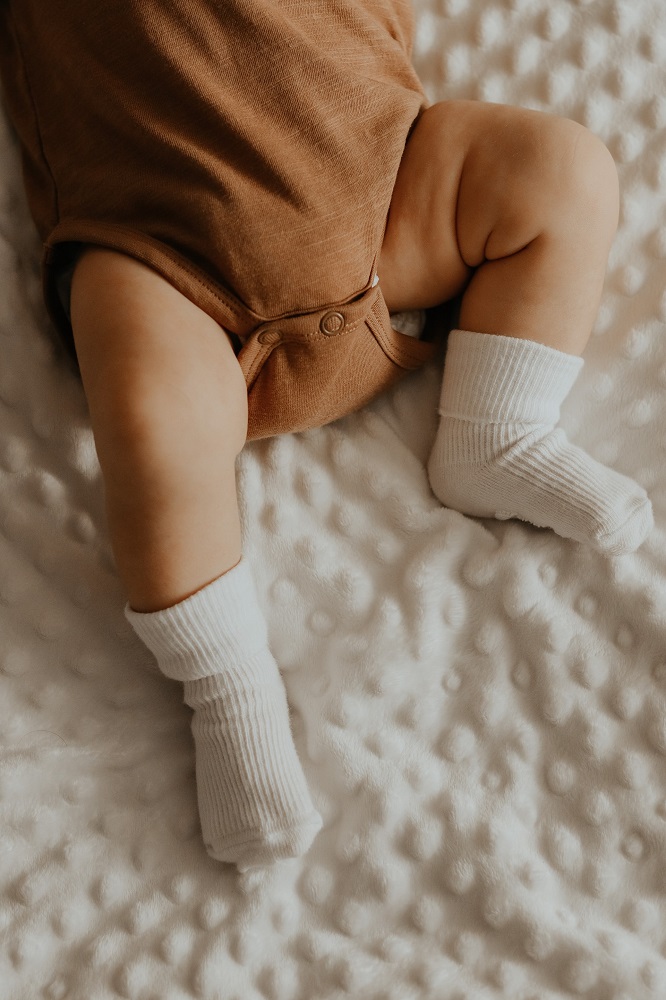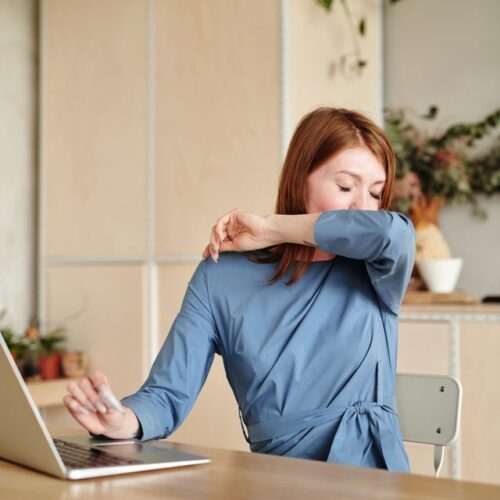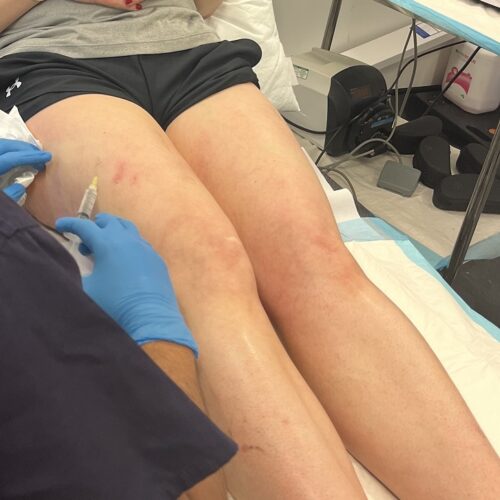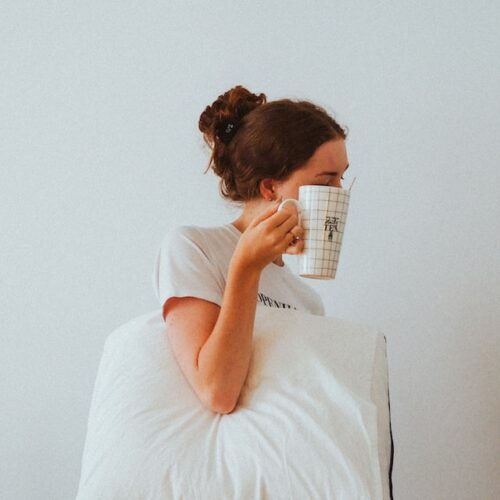
When you’re expecting your first baby, it can feel a little overwhelming. Alongside the physical and emotional stresses of pregnancy, there’s also the constant worry about what you’ll need to buy, what you’ll need to learn and how to keep them safe.
Sleeping
There has been a lot of research over the past few decades about the safest way to set up your baby’s nursery and put them to sleep. Seek out the latest safe sleep and bassinet and crib safety advice from your country. In general, you should use always use a new mattress, even if the cot is second hand. Ensure that the sheets are well-fitting so the baby can’t become tangled. Do not pull blankets up about the chest and place your baby in the ‘feet to foot’ position. This means that their feet are close to the bottom of the cot. This means that they will not be able to wiggle down and get twisted up in the blankets. Always place the baby down on their back and keep the temperature within the recommended limits.
Car seats
Travelling in a car with your baby means that they will need to have a specialised car seat. It keeps them in a safe position and provides protection if you’re involved in an accident.
The government updates its guidelines on infant car safety frequently, so always check before you buy. Car seats should meet all of the current safety standards set out. Babie seats should be rear-facing and ideally in the back of the car on the passenger side if possible. If you have a smaller car and need to keep them in the front, then ensure that all airbags are turned off.
Newborns shouldn’t be in a car seat for too long, due to the angle of their neck, which could obstruct breathing.
Seats can be installed via your car’s seatbelt or ISOFIX, which is a much more secure way to keep the seat in place. Not all cars have ISOFIX points so you should check yours before you buy.
If you are involved in an accident, no matter how small, you should replace your baby seat as there may be damage you cant’ see and would lower the protective capacity of the seat. It’s, for this reason, it is recommended that you shouldn’t buy a car seat second hand as you don’t know the history of it or the car it has been in.
Baby carriers
Keeping your baby close in a sling or carrier has been done for centuries. It’s perfect for keeping in contact and being able to move around. However, you’ll need to know how to place a baby in a sling properly to ensure that they do not overheat or have difficulty breathing.
Stairs
Once your little one is crawling, there’s a whole new set of worries for you to think about. If you have stairs in your home, you’ll need to install a stair gate, usually at the top and bottom of the stairs.
There are many types to choose from depending on your property and budget. You can get very nice wooden or metal ones that fix the wall or stair post. These require a bit of DIY but usually look better and have the added benefit of not having a lip or bar at floor level as they are supported by the wall. There are also pressure mounted gates which don’t leave any holes in the wall and rely on tension to keep them in place. These are handy as they can be installed easily and you can move them around when you need to, you can even take them with you on trips or to other people’s homes that may not be set up for having kids around.
Furniture & TVs
Babies and toddlers love exploring. They are forever trying to climb up or over things. This can be dangerous when it comes to furniture as they can easily pull a heavy item on top of them. Every year, babies are seriously hurt or worse by falling furniture and TVs.
In order to prevent this, you should anchor all heavy and tall furniture to the wall. Even if you think your child wouldn’t have the strength to pull it over, don’t take the chance.
Buy specialist brackets to fix them to the wall and either wall mount your TV or use dedicated straps to secure it.
Another thing to look out for is furniture and doors that contain glass. Those manufactured after a certain date will have safety glass in them by law, which is designed to break into many small, square pieces when broken. Older items may not have this and may smash into dangerous shards. Either replace the furniture or at a minimum, place a protective film over the glass, so if it is damaged, it will not drop shards everywhere, they will be contained by the plastic.
Drawers & Cupboards
If you don’t want the contents of every drawer and cupboard in your home strewn about the place, then invest in some specialist childproof locks to keep everything safe. Again, you can buy those which don’t require installation and will stick to the surfaces, but if you have a strong or particularly determined child, these may not hold or need to be replaced often.
Blinds & Wires
Wires and cords present a strangulation hazard for children. These can either cut the loop on the cords of the blinds or buy a fitting that lets your wind them away out of reach of children.
If you have the blinds with the pull made of the little plastic balls on a string, you can buy a clip for these. You simply cut the cord, and then affix each end to the clip. On the outside, it looks exactly the same but if a child was to become tangled, they are designed to snap easily with only a small amount of pressure.
Also, look out for any dangling cords from wall mounted TVs or similar and keep these well out of reach by either moving them or fixing them to something.
Kitchen & Bathroom
These two rooms of the house are where the most accidents happen. In addition to never leaving your child unattended in the bath, you should also keep any chemicals and cleaning equipment out of the way, as well as razors, tweezers and anything else they could hurt themselves with.
Many people choose to fit a baby gate to keep their child out of the kitchen but if you don’t have it on, or they can get through it, then you should secure the cupboards and draws and keep sharp utensils and cleaning products out of sight.
You might think that it is only things like oven cleaner or bleach you need to keep safe, but many children are attracted to the bright colours of washing detergent pods and fabric softeners. Each year there are a significant number of children seriously injured through ingesting these.
Medications & Cleaning Products
To you, they’re boring but necessary cleaning items but to kids, they are fascinating bottles of coloured liquid to be played with or drunk. Rather than just keeping these things out of reach, you should keep them out of sight too. Secure all cleaning and laundry chemicals away and keep medication up high and out of sight too.
Batteries
Though you might not like the idea of licking a battery, kids aren’t so picky. Button batteries in particular are very dangerous to children and can be fatal. Don’t buy toys that don’t display the kitemark and have a screwed down panel to keep kids from accessing the batteries. Spare batteries you have in a home should be stored safely where they cannot be seen or reached.
First Aid
The best way to prepare yourself to keep your child safe and healthy is to follow the guidelines and also update your first aid knowledge. It is considerably different from other adult first aid courses you may have taken. Pediatric emergency first aid can teach you how to deal with choking, burns, fevers and other childhood issues.
Hopefully, you won’t need to use these new skills but learning them can give you some confidence when it comes to looking after your newborn.
In addition to first aid skills, familiarise yourself with the symptoms of potentially serious illnesses and the more common ones. Your child should be registered with a GP and you should know how to contact them to make an appointment, and where the nearest centre is for any emergency attention that may be needed.
Key points
Every child is different, as is every home environment. But there are safety basics that all parents should keep in mind. Knowing the right information is key, so always check government or NHS sources when researching. A little planning in advance can go a long way. Before you know it, your little one will be crawling and walking around so you need to get everything set up in advance of this.
© Copyright 2022 Antonia, All rights Reserved. Written For: Tidylife


Leave a Reply